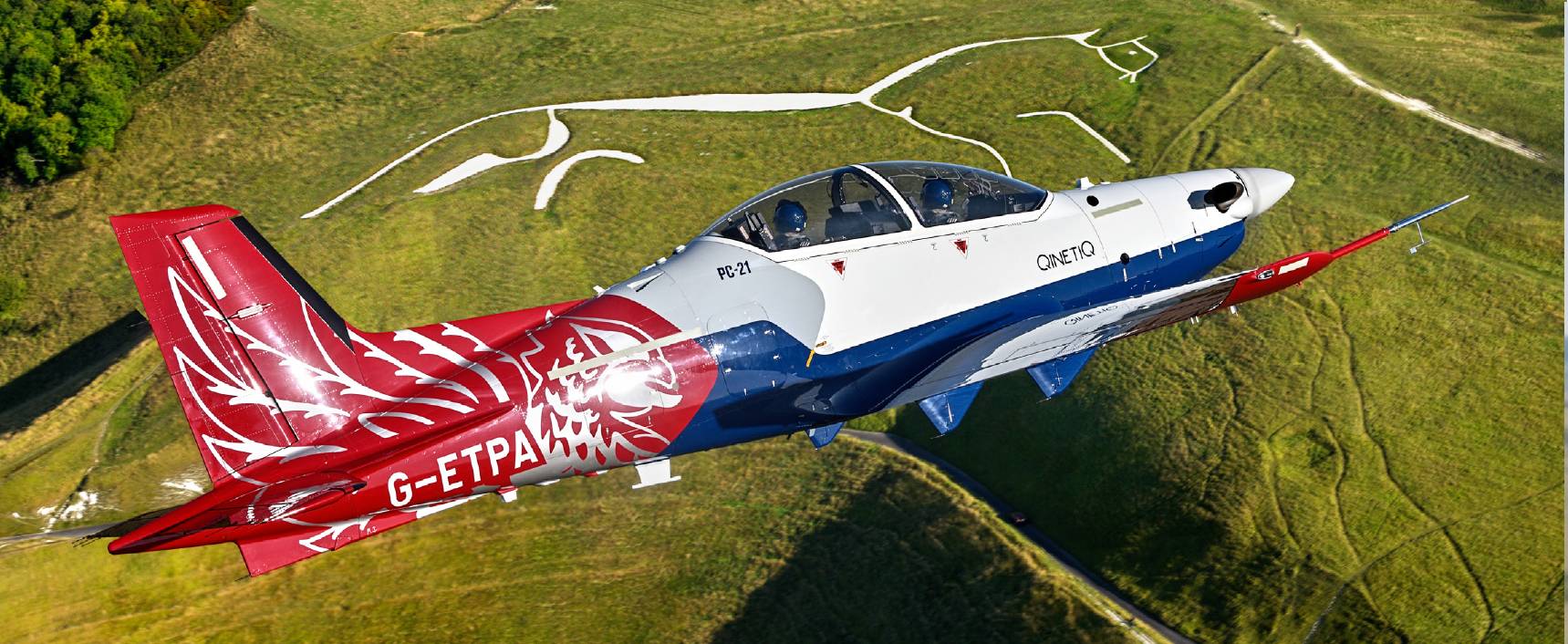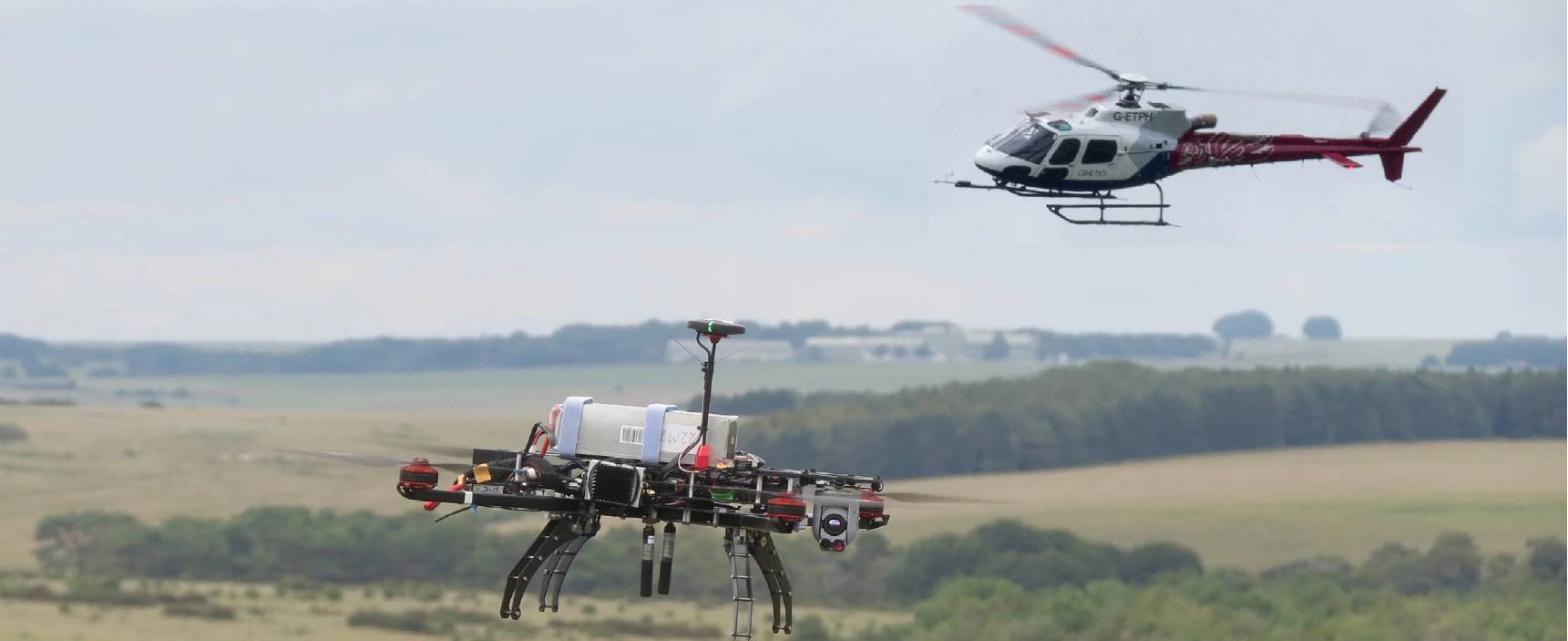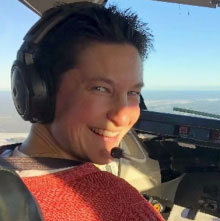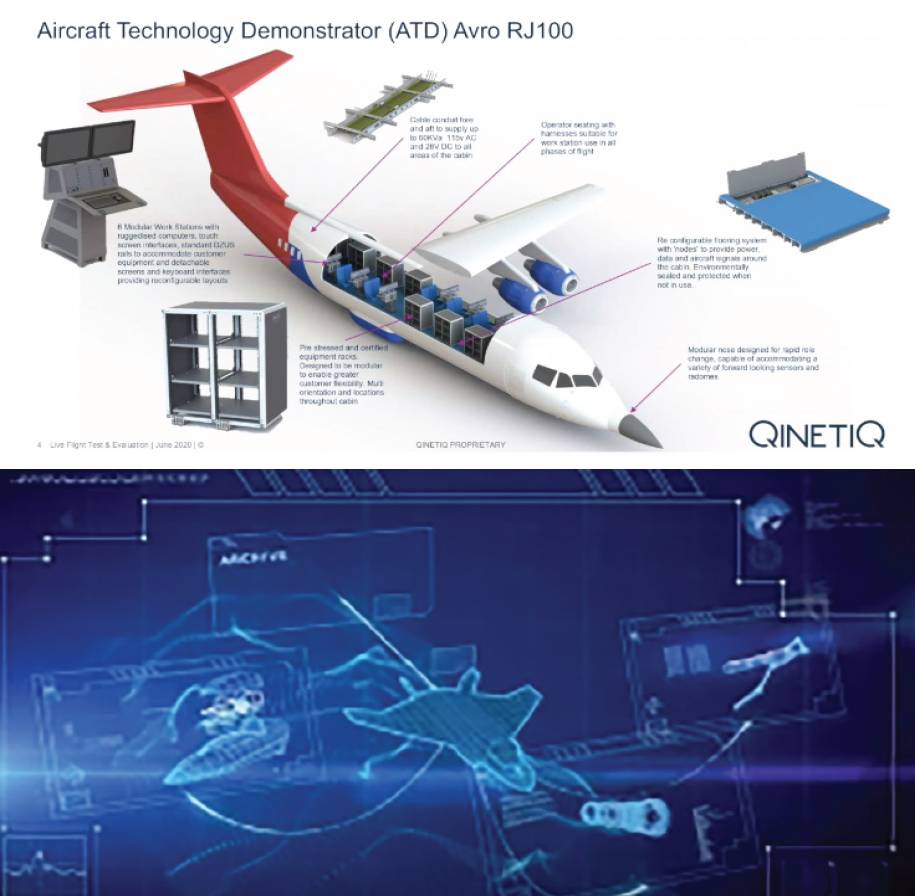AEROSPACE 21st Century flight testing
Digital testing
QinetiQ is developing new digital systems and airborne test platforms which will accelerate the flight testing and evaluation of new and modified aircraft designs. BILL READ FRAeS reports.
 Pilatus Aircraft
Pilatus Aircraft
Until relatively recently, the only way to test a new or modified aircraft design to see how it would perform before it was built and to achieve regulatory approval was to test models in a wind tunnel and to fly a prototype or experimental aircraft especially built just for testing. However, the development of new digital technology now makes it possible for much of this air test & evaluation (T&E) work to be done either virtually or by using an airborne technology demonstrator. At a virtual conference held at FIAConnect, QinetiQ explained how it was combining synthetic and simulation techniques with physical flight testing to enable aircraft manufacturers to develop new and modified aircraft much faster than before.
A question of complexity
QinetiQ Senior Engineer Chris Harvey explained how the development of T&E in the military domain was being driven by the increasing complexity of military threats (drones, missiles and cyber-warfare) and also of networked systems. To keep up with the pace of change, new platforms had to be developed quickly and be capable of being upgraded during their operational lifetimes. “Threats evolve faster than platforms so the aircraft will face threats that they weren’t designed for,” he said.
In recent years, the complexity of designing and testing a new defence platform has resulted in longer and longer development times. The process of evaluating a new platform is a complex one, integrating both live and virtual testing. These include: test beds for integration, upgrades and systems testing; calibration to confirm performance; operational evaluation; and digital experimentation of systems.
However, advances in digital engineering now make it possible to reduce both costs and time by detecting and rectifying faults before any physical elements of the platform are created. “The cost of addressing problems increases dramatically if they are found at the later stages of programme development,” explained Harvey. “The majority of faults originate in the early stages of design but most are not detected until the systems and integration tests where they cost ten times as much to fix. If a fault is not detected until the platform is in service, then it could cost between a hundred times and a thousand times as much to fix.”
 In 2020, QinetiQ announced that it had conducted the UK’s first manned unmanned teaming (MUM-T) demonstration, with a H125 helicopter crew directing a semi autonomous drone. QinetiQ
In 2020, QinetiQ announced that it had conducted the UK’s first manned unmanned teaming (MUM-T) demonstration, with a H125 helicopter crew directing a semi autonomous drone. QinetiQ
Harvey went on to explain how, in order for digital engineering to enable rapid design evolution, a ‘portal’ needs to be created containing all the necessary information which is both contributed from and accessible to all partners and supply chain companies involved in the project but which also safeguards their intellectual property. Combining and processing this networked information from the platform’s ‘digital twin’ would enable different organisations to test systems and concepts before they are implemented. This information would include an evaluation digital thread which could be developed for platform certification and throughlife upgrades. Using such a thread could reduce product development times by tailoring physical testing to match certification evidence needs and enable the reuse of outputs which have already been generated.
Andy Cunningham, LTPA Capability Development Lead at QinetiQ, described how using digital evaluation would change the traditional balance of where evidence is created from ‘models supporting physical testing’ to ‘physical testing supporting the digital twin’. “We would move from a serial process where development has to be carried out in a series of stages over time, to live evolution where different stages are worked on at the same time,“ he said. “This would mean a blurring of the boundaries between development T&E, operational T&E, training and operations.”
Cathy O’Carroll, QinetiQ’s Global Campaign Director, Test & Evaluation, added how a future digitally-enabled test and evaluation system for defence platforms would improve and accelerate warfighting capability by speeding up system development, certification, operational ability, upgrades and tactics development.
In May 2019, QinetiQ signed a 25-year longterm partnership agreement with the MoD to provide new ways of delivering R&T. This involved creating a ‘digital strategy’ with four main principles – secure, scalable, integrated and supportable. Once the system has been set up, it will be possible for both operators and customer to access and control data, store data securely, analyse and manipulate data and connect with each other. This will include the ability to enable simulated training to be used to develop competency.
Still a need for live testing
It was then the turn of Isabelle ‘Izzy’ De MontetGuerin, Fixed-Wing Tutor at the Empire Test Pilot School (ETPS) to talk about physical aircraft testing and how live flight and test evaluation need not be a thing of the past. “There will always be a need for live flight testing to ensure the success of an aircraft development programme,” she declared. While airborne testing is expensive, it remains essential for the safety, efficiency and operational refinement of a product. “A test pilot can provide real-time feedback and propose modifications for immediate improvement,” said De Montet-Guerin.
 Isabelle ‘Izzy’ De Montet-Guerin, Fixed Wing Tutor, ETPS (ETP S)“Human pilots respond to situations in different ways; modern flow control systems must be able to respond to different pilot techniques. It is also necessary to test how an aircraft will perform in extremes of temperature and weather – they are not all modelled in digital form.”
Isabelle ‘Izzy’ De Montet-Guerin, Fixed Wing Tutor, ETPS (ETP S)“Human pilots respond to situations in different ways; modern flow control systems must be able to respond to different pilot techniques. It is also necessary to test how an aircraft will perform in extremes of temperature and weather – they are not all modelled in digital form.”
Traditionally, she explained, T&E was a job for a prototype or experimental aircraft which would be specially built just for testing. However, as budgets shrink and aircraft become more complex, this approach has not proved viable and manufacturers began using flow test beds (FTBs).
For new aircraft, FTBs have the advantage that they enable the advance testing of sub-systems and components in a representable environment.
In upgrade programmes, FTBs meant that an in-service aircraft did not have to be taken out for the early stages of development and were usually cheaper to modify.
However, FTBs also have the disadvantage that they are expensive to operate with long lead times to install equipment or systems. They are also very expensive for smaller companies to utilise and lack flexibility.
Testing times
Recent years have also seen the introduction of increasingly complex aircraft and systems which require more intricate test programmes. There are also new types of aircraft and systems being developed, including new types of electric or hydrogen-powered engines, autonomous UAVs and UAMs and manned-unmanned teaming. Aircraft platforms also now have more components which all interact with each other, so that changes to one will have a knock-on effect on others.
The European Union Aviation Safety Agency (EASA) has developed extensive requirements for Part 21-J Design Organisations to ensure that flight test approaches are standardised under a single, consistent regime, including the introduction of flight test ratings for pilots and engineers.
A new approach was needed to testing and evaluation to make it more widely available to companies which cannot afford their own capability. De Montet-Guerin explained how, by using modern and flexible airborne technology demonstrators, it was possible to use synthetic and simulation techniques to get capability into service in a much more agile way.
 Top: QinetiQ is adapting an RJ 100 to become a reconfigurable technology demonstrator. Above: QinetiQ now operates in a digital space. QinetiQ
Top: QinetiQ is adapting an RJ 100 to become a reconfigurable technology demonstrator. Above: QinetiQ now operates in a digital space. QinetiQ
Aircraft technology demonstrator
To assist aircraft developers who can not afford to test-fly their own platforms to reduce their lead times and costs, QinetiQ operates a reconfigurable technology demonstrator based on an Avro RJ 100 regional jet. Learning from experience, customer feedback and LTPA support, the aircraft includes a laboratory test facility with connectors, data, consoles, equipment racks, external sensor points, standard attachment points and typical hardware. “The aircraft can be quickly configured to support a multitude of tests, using a variety of test apparatus and sensors,” said De Montet-Guerin. “Our aim is to provide a multirole reconfigurable technology demonstrator to provide a ‘nearly there’ solution for our customers.”
Using this aircraft will also enable not only military but commercial aircraft developers to test and record their designs and systems in a variety of different environments. “We can simulate different environments digitally,” De Montet-Guerin explained. “One of the biggest challenges in T&E is the quality of tests that have to be performed. These are almost always done individually and then the results have to be analysed and merged to ensure no odd characteristics emerge.
It is now possible with digital technology to blend this information together to enable highly complex and ultra-realistic ‘edge cases’ to be assessed unlike ever before.
A system can be tested in almost every conceivable manner. Flying from Boscombe, you could test a system under a synthetic Saharan sun or an arctic freeze while loading it with common interference signals in air with maximum fidelity. This can deliver huge savings in time on a T&E programme which drives significant cost savings.”
Reconfiguring the blend
The session was concluded by Cathy O’Carroll, Global Campaign Director, Test & Evaluation at QinetiQ: “We are at a cusp of a generational shift where every element of T&E could be blended into a single cohesive trial, thanks to enabling digital technologies. We need a rebalance from live to virtual testing to create a cohesive digital T&E based on a combination of ground, simulated and airborne components.”
Chris Harvey agreed, saying: “There should be less live testing and more virtual. However, changing the mix of live and virtual will be progressive, not instant.”
O’Carroll added that, to achieve this, it was necessary to increase understanding of what such emerging technology can do. Personnel also needed to be trained in new skills, such as model-based systems engineering, simulation and synthetics. “Investment in the future needs data skills,” she said. “We need training now in new skills, not the evolution of existing skills.”
 Pilatus Aircraft
Pilatus Aircraft In 2020, QinetiQ announced that it had conducted the UK’s first manned unmanned teaming (MUM-T) demonstration, with a H125 helicopter crew directing a semi autonomous drone. QinetiQ
In 2020, QinetiQ announced that it had conducted the UK’s first manned unmanned teaming (MUM-T) demonstration, with a H125 helicopter crew directing a semi autonomous drone. QinetiQ
